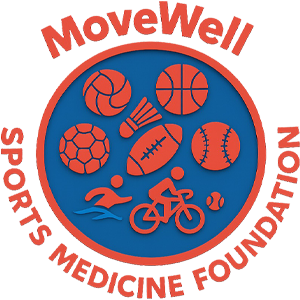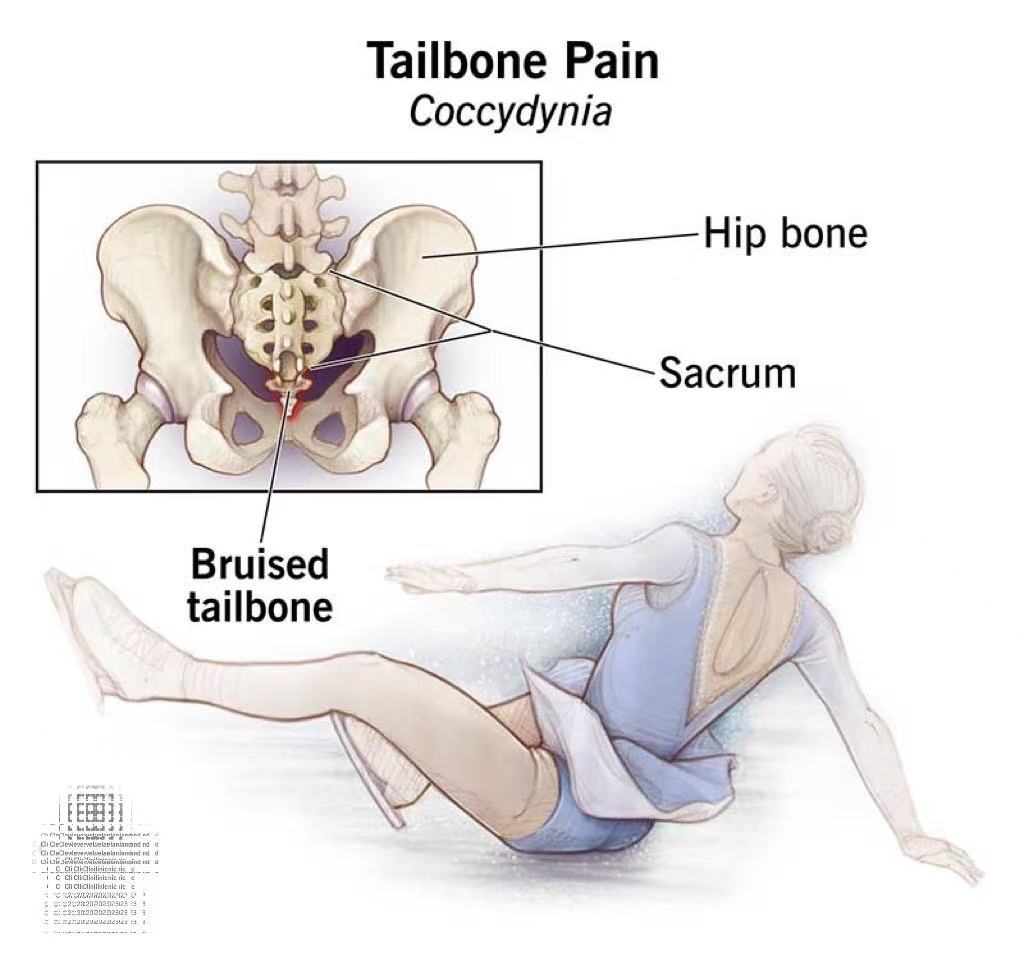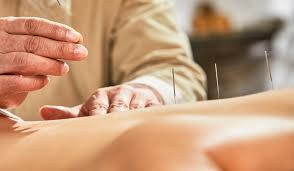Osteochondritis dissecans (OCD) represents a significant clinical challenge in adolescent athletes, with a well-established relationship between sports participation and disease development. This articular cartilage pathology most commonly affects the knee (75% of cases), followed by the elbow and ankle joints. The growing prevalence of youth sports specialization has led to increased recognition of OCD as a sports-related injury, particularly in athletes aged 10-15 years during periods of rapid skeletal growth. Arthroscopic techniques have revolutionized OCD management, offering minimally invasive solutions that address both the biological and biomechanical aspects of cartilage repair while accommodating the unique demands of athletic patients.
Sports-Related Etiology and Pathomechanics
The development of OCD in young athletes stems from complex interactions between repetitive mechanical stress and developing bone biology. Three primary mechanisms contribute to sports-related OCD: (1) repetitive impact loading during skeletal immaturity, particularly in jumping and cutting sports; (2) acute torsional trauma during activities like soccer kicks or basketball pivots; and (3) cumulative microtrauma from excessive training volumes. Epidemiological studies demonstrate that adolescent athletes training more than 15 hours weekly have a 3-5 times greater incidence of OCD compared to non-athletic peers (Andriolo et al., 2023).
Sport-specific patterns of OCD lesions reflect distinct biomechanical demands:
Basketball and soccer players predominantly develop medial femoral condyle lesions (69%) from jump-landing and cutting maneuvers
Gymnasts and dancers frequently present with trochlear involvement (22%) due to repetitive knee hyperextension
Baseball pitchers and volleyball players show humeral capitellum lesions (85%) from throwing and spiking motions
Long-distance runners often develop talar dome lesions (61%) from cyclic axial loading (Chen et al., 2022)
Treatment Algorithm and Surgical Considerations
The International Cartilage Repair Society (ICRS) classification guides treatment decisions, with arthroscopic options tailored to lesion characteristics and athlete requirements. For athletes, several factors influence treatment selection beyond standard indications:
Timing of Return to Sport: Competitive athletes often opt for more aggressive biological fixation or osteochondral autograft transfer (OATS) despite higher complexity, as these techniques typically enable earlier return compared to microfracture.
Cartilage Quality Requirements: Athletes in impact sports frequently require hyaline-like repair tissue, making matrix-induced autologous chondrocyte implantation (MACI) preferable for larger defects despite its two-stage nature.
Lesion Location Considerations: Weight-bearing zone lesions in runners may demand different reconstruction strategies than non-weight-bearing lesions in throwers.
Rehabilitation Framework
Postoperative rehabilitation for athletic OCD cases follows a phase-adapted approach incorporating current mechanobiological principles:
Protective Phase (0-6 weeks)
Partial weight-bearing (50% body weight) via aquatic treadmill training
Continuous passive motion (0°-30°) to enhance synovial diffusion
Neuromuscular electrical stimulation for quadriceps activation
Transition Phase (6-12 weeks)
Progressive land-based weight-bearing in 25% increments weekly
Closed-chain strengthening initiated at 60°/s isokinetic speeds
Dynamic balance training with proprioceptive challenges
Sport-Specific Phase (3-6 months)
Functional movement screening to identify compensatory patterns
Sport-specific drills with gradual intensity progression
Wearable sensor technology for real-time biomechanical feedback
Return-to-Sport Decision Making
Multidimensional assessment guides safe return to athletic participation:
Structural Healing: MRI T2 mapping demonstrating repair tissue signal normalization within 15% of adjacent native cartilage.
Functional Capacity:
Isokinetic testing showing ≤15% quadriceps deficit
Single-leg hop distance ≥95% contralateral limb
Y-Balance test asymmetry <10%
Sport-Specific Readiness:
Non-contact sports (swimming, cycling): 4-5 months
Limited-contact sports (tennis, track): 6-8 months
Collision sports (football, basketball): 9-12 months
Long-Term Athlete Health
Post-recovery management emphasizes injury prevention:
Annual quantitative cartilage MRI monitoring
Hip abductor strengthening to reduce knee joint loads
Movement pattern re-education using 3D motion analysis
Custom orthotics for athletes with biomechanical abnormalities
The management of OCD in adolescent athletes requires an integrated approach combining advanced arthroscopic techniques with sport-specific rehabilitation protocols. Understanding the distinct injury patterns across sports disciplines enables targeted prevention and treatment strategies. Contemporary rehabilitation emphasizes objective, criteria-based progression to ensure safe return to athletic participation while optimizing long-term joint health. Continued research in biological augmentation and personalized medicine promises further improvements in outcomes for this challenging patient population.
References
Andriolo L, et al. (2023). Sports-Related Osteochondritis Dissecans: Pathomechanisms and Return-to-Play Criteria. British Journal of Sports Medicine, 57(4), 211-218.
Chen SY, et al. (2022). Staged Treatment Algorithm for Articular Cartilage Injuries in Competitive Athletes. American Journal of Sports Medicine, 50(5), 1360-1369.
Krych AJ, et al. (2023). Arthroscopic Management of Osteochondritis Dissecans: Multicenter Outcomes Analysis. Arthroscopy, 39(2), 412-425.




